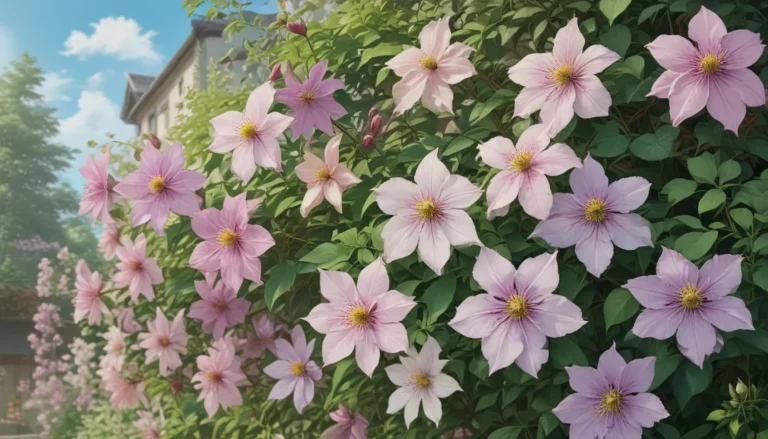The Ultimate Guide: Finding the Best Water for Your Succulents

Water is the key to life, especially when it comes to caring for plants. It’s crucial to ensure that your succulents receive the right kind of water to thrive. In this comprehensive guide, we’ll delve into the importance of water for succulents, how to determine the best type of water, and signs that indicate your plants may be suffering from poor water quality.
Why Water Matters for Succulents
Succulents have evolved to store moisture in their thick, fleshy leaves, allowing them to survive in arid conditions with unpredictable rainfall. While they can thrive in dry environments, succulents are sensitive to over-watering. Understanding how succulents access moisture in nature is essential for providing the best care for these plants.
Finding the Right Water for Succulents
Types of Water
- Well Water: If you have well water, you’re at an advantage when it comes to caring for succulents. Well water is typically free of the mineral salts found in treated municipal water.
- Municipal Water: Treated municipal water contains mineral salts that can build up in the soil and harm your plants. Consider collecting rainwater or using distilled or purified water as alternatives.
Signs of Poor Water Quality
- Mineral Build-Up: Look for a white, gray, cream, or brown crust on the soil, indicating a build-up of minerals.
- Changes in Soil Color: Pale soil can indicate chemicals leaching into the substrate.
- Leaf Discoloration: Brown or yellow spots on the leaves could be a sign of root damage.
- Root Burn: Brown or black areas on the roots suggest root burn from mineral-rich water.
- Leaf Spots: White spots on the leaves may indicate chemical or mineral content in the water.
Understanding these signs can help you identify issues with water quality and take corrective measures to ensure your succulents remain healthy.
When to Water Your Succulents
Knowing when to water your succulents is crucial to prevent over-watering. Instead of following a strict watering schedule, use a practical tip to gauge moisture levels in the soil. Place a small river rock on the soil surface and lift it occasionally to check for moisture. Only water when the soil beneath the rock is dry, ensuring you don’t drown your plants with excessive watering.
Investing in a high-quality moisture meter can also help you monitor soil moisture levels accurately and ensure your succulents receive the right amount of water.
Conclusion
Watering your succulents with the right type of water is essential to their health and well-being. By understanding the natural habitat of succulents and using appropriate watering techniques, you can ensure your plants thrive and flourish. If you’re experiencing issues with your succulents, consider evaluating the water quality and making necessary adjustments to provide optimal growing conditions.
Incorporating these tips into your succulent care routine will help you create a thriving garden full of beautiful, healthy plants. Share your experiences with watering succulents and any challenges you’ve faced in the comments below. Let’s learn from each other’s experiences and continue to cultivate thriving succulent gardens together. Happy planting!





